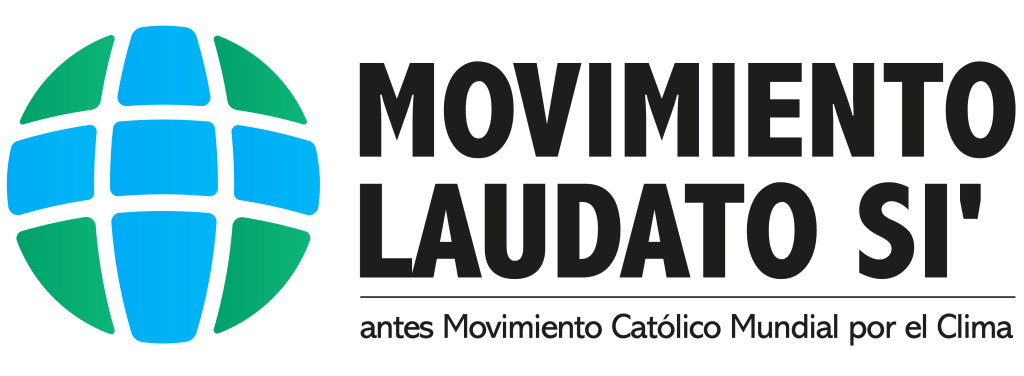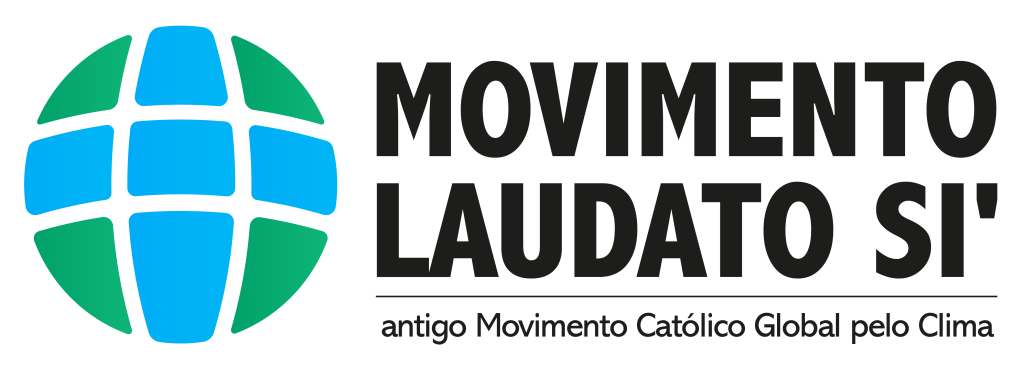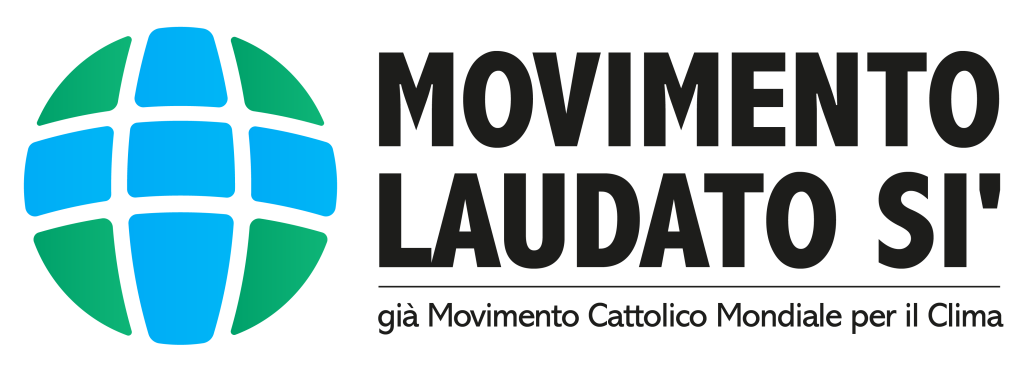Movimento Laudato Si’, or Laudato Si’ Movement, in Assisi, Italy.
By W. L. Patenaude
CatholicEcology.net / LSM Co-Founder
Author of A Printer’s Choice
Just after noon on the Feast of All Saints in 2014, I received a life-changing email.
“Hi Bill,” it began. “I’m a Catholic grad student at Harvard very interested in running a campaign inside the Church ahead of the 2015 Climate Change summit at Paris. Do you mind talking sometime next week?”
The writer was a young man from Argentina who was then studying in Boston, just an hour away from my home in Rhode Island.
His name was Tomás Insua, and out of our first, excited conversation came a series of introductions, Skype meetings, and plans that eventually launched the Global Catholic Climate Movement—as well as lasting friendships.
Led by Tomás, the first few of us—the dozen or so Catholics engaged in one way or another in climate and eco-issues—found each other through internet searches and old-fashioned one-on-one conversations.
When I first spoke to Tomás, for instance, I had been able to introduce him to several global eco-advocates who I had interviewed or otherwise written about for my blog, Catholic Ecology.
One of them was Lou Arsenio of the Archdiocese of Manila, who was and remains a leader in the institutional Catholic engagement of eco issues. In turn, Lou introduced Tomás to others.
Before long, we had a team. We spanned the globe and spoke different native tongues.
We all had particular views of what needed to be done and in what order, and how to communicate and act on it, to bring the Church’s voice into the sphere of international climate talks.
But for all our differences, we had (and have) much more in common: We prayed the same prayers at the Holy Sacrifice of the Mass. We partook of the same Body and Blood of Jesus Christ. And we trusted in the same Holy Spirit to make all things new.
It was this trust and this faith that overcame our diversity and differences. It was our Catholic unity and the grace of God that allowed us to organize quickly and decisively.
Such is the power and the potential of the Church, which we are witnessing again in this historic adoption of a new name and a clearer mission centered around Laudato Si’.
What’s in a name?
In the beginning, those of us who contributed to what would become the Global Catholic Climate Movement worked together in addition to all our other professional obligations.
Some of us worked for our local parish or diocese; some were seasoned, professional eco-advocates; others were scientists. We cobbled together what time and talents we had to develop working documents, plans, and programs.
One of our most pressing needs, however, was choosing our name.
This seemingly simple task became a topic of multiple conversations with varying opinions vying for primacy. While we all knew what our goal was—bringing the voice of the Catholic Church into international climate discussions—we wrestled with a reality that Pope Francis would later explore and clarify in his encyclical Laudato Si’: that everything is connected.
This interconnectedness of issues—of climate change with so, so many other realities—created tensions in our early discussions about most everything we did—every statement we drafted and every vision we sought to articulate.
Were we just advocating for climate action or were we also advocating for the broader realities of climate justice? And would we include the issue of biodiversity? Indigenous rights? Toxins? Ocean plastics?
Eventually we settled on a name that encompassed what brought us all together in the first place. We were, after all, a global movement of Catholics engaging in climate issues.
But the call to arms on other fronts persisted—and therein subsisted the strength of the movement, which, today, is adopting its true nature.
The unitive wisdom of Laudato Si’
Six months after the formation of the Global Catholic Climate Movement, Pope Francis issued Laudato Si’.
Building off the insights and concerns of his immediate predecessors, the Holy Father encoded ecology into Catholic social teachings in such a way that connected ecology with other concerns.
From abortion to euthanasia, from Indigenous rights to migrants, Laudato Si’ provides the Church not merely with teachings on disparate issue. Rather, Laudato Si’ offers Pope Francis’s unique, unitive language of issue integration.
And so, the adoption of the name Laudato Si’ Movement is the natural next step from what was born out of those first conversations almost seven years ago.
In fact, I wonder if Laudato Si’ had been issued when we founders first struggled with a name that we may have indeed chosen Laudato Si’ Movement.
Certainly, the focus on climate change is crucial. And yet, everything is connected. Which makes this next step both inevitable and critically important.
“Everything is interconnected,” Pope Francis teaches in Laudato Si’ (240), “and this invites us to develop a spirituality of that global solidarity which flows from the mystery of the Trinity.”
And so, may the grace that flows from the Trinity enkindle the hearts of all who now carry the torch that was lit some seven years ago.
May the Laudato Si’ Movement boldly preach the Gospel in its work, and so baptize the great issues of our age—all of them—with the unity, love, truth, and charity that will lead one and all, and all creation, to one day cry out in glorious appreciation, “Praise be to you, my Lord!”
W. L. Patenaude is a founding member of the Laudato Si’ Movement. A U.S. environmental regulator holding a master’s degree in theology, he writes at CatholicEcology.net and is a board member of the Saint Kateri Tekakwitha Conservation Center. His debut novel, A Printer’s Choice, uses the vehicle of science fiction to explore the issues of grace and free will that are at the heart of today’s environmental and social crises.





